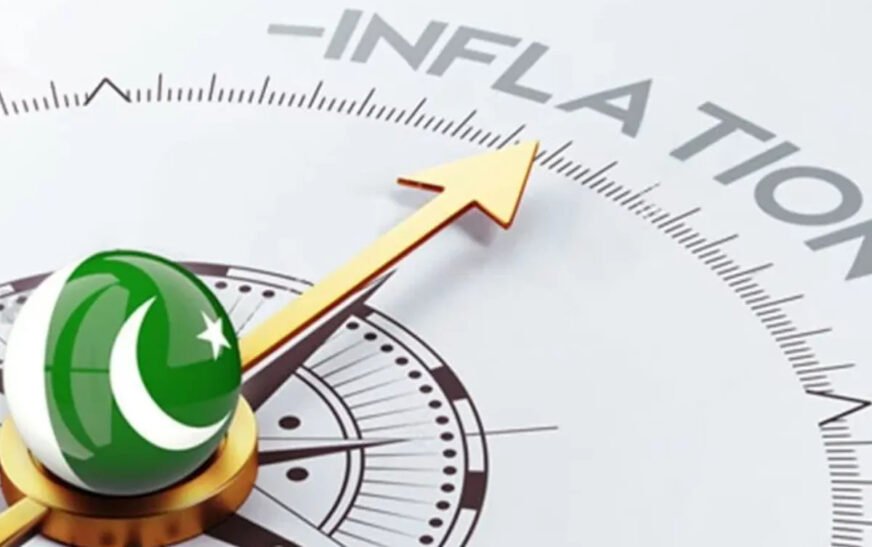Economic terms like “disinflation” and “deflation” often confuse the public, and can oversimplify statistics to present an exaggerated success.
Following the announcement of a 44-month low inflation rate in September, some in the government rejoiced, declaring victory over soaring prices. However, the reality is more nuanced.
The monthly inflation rate dropped to 6.9 per cent in September, the lowest since January 2021. While this may seem like a triumph, the Consumer Price Index (CPI) does not fully reflect the real cost of living.
In fact, over the last 44 months, the average inflation rate increased by 83.13 per cent, significantly affecting consumer goods, especially 17 key items listed by the Pakistan Bureau of Statistics (PBS).
Is inflation truly under control?
A closer look at the data tells a different story. Average inflation for the six months (Jan-June FY21) stood at 9.2 per cent, escalating to 12.5 per cent in FY22, 29.18 per cent in FY23, and 23.41 per cent in FY24.
Despite the recent dip, prices have steadily increased since January 2021, suggesting that inflation remains a significant issue.
The CPI measures Pakistan’s inflation, which shows disinflation—a slowing of price increases—not deflation, which means an actual fall in prices.
Misinterpretation of inflation data
Former finance minister Miftah Ismail warned that the public could misinterpret inflation statistics. Although the rate of price increases has slowed, prices themselves have not decreased.
The low inflation in September is largely due to last year’s high base effect and falling international commodity prices, not the government’s interventions.
Mr. Ismail criticised the government’s inaction, pointing out that oil and other commodity prices had dropped globally, yet the administration made no real effort to curb inflation domestically.
According to Mr. Ismail, inflation could rise again if oil prices increase, potentially reaching 11-12 per cent in the coming months. He argued that the government’s claims of managing inflation were unfounded.
The CPI’s methodological limitations
Dr. Abid Suleri, Executive Director of the Sustainable Development Policy Institute (SDPI), confirmed that while the government’s figures are technically correct, they do not reflect an actual fall in prices. The CPI methodology, based on year-on-year or month-on-month comparisons, merely indicates the rate of price changes, not the absolute price level.
In September 2024, prices rose by 6.9 per cent compared to the previous year. Dr. Ashfaque H. Khan, a former economic adviser, stressed that a decrease in inflation only means a slower pace of price increases, not a reduction in commodity prices.
The energy factor and its impact on inflation
Energy costs significantly contribute to Pakistan’s inflation problem. The CPI fails to account for the full impact of electricity and gas prices on the average household.
For instance, the CPI only considers tariffs for those using up to 50 units of electricity, which fall into the “lifeline” category and remain relatively stable.
Meanwhile, households consuming more power face significantly higher tariffs, which do not reflect the taxes, fuel adjustments, and other factors driving up their bills.
Rising production costs and purchasing power
Dr. Khan outlined how rising energy prices, imported raw material costs, and high interest rates have increased production costs, which producers pass on to consumers.
This, combined with wage and salary hikes, has further fueled inflation, eroding the purchasing power of ordinary citizens.















